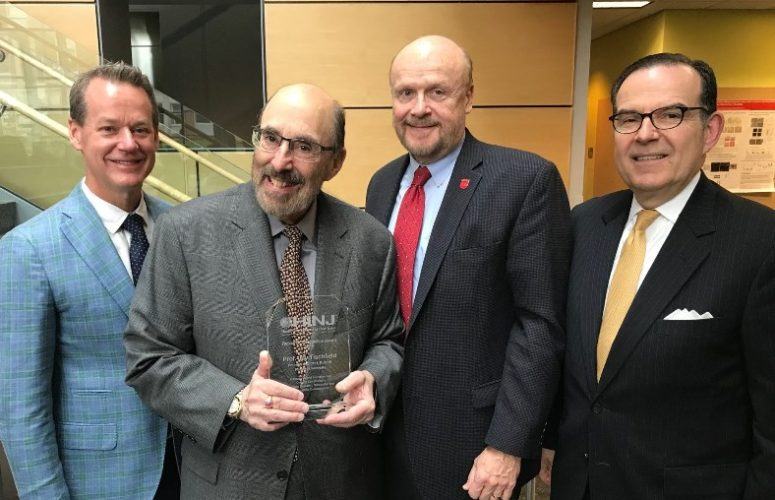
Report: More Than Half of Spending on Brand Medicines Goes to Middlemen
$350 billion goes to middlemen
On Jan 12, 2022An update to an important study demonstrates that pharmacy benefit managers (PBMs) and other middlemen in the pharmaceutical supply chain – not the drug companies – now receive more than half of the money spent on brand medicines. This represents money that instead could be passed on to help patients immediately lower their costs.
The report from the Berkeley Research Group (BRG), which was funded by the Pharmaceutical Research Manufacturers Association, shows that between 2018 and 2020, the amount of money spent on brand drugs that PBMs, hospitals, health insurers, the government and other supply chain entities retain now exceeds 50% of total spending on brand medicines. In contrast, the portion of the spending that actually is retained by biopharmaceutical companies that spend billions to research, discover, develop and produce brand medicines continues to decline, to 49.5% in 2020.
Dean J. Paranicas, president and CEO of the HealthCare Institute of New Jersey (HINJ), a trade association that serves as the voice for the state’s leading research-based biopharmaceutical and medical technology companies, said the BRG analysis underscores a key point.
“This study confirms that what patients pay for their medicines is not being determined by the companies that discover and manufacture those drugs,” Paranicas said.
“While U.S. biopharmaceutical companies continue their time-consuming, risky and expensive pursuit of medical innovation, resulting in advances against COVID-19, Hepatitis C, cervical cancer, HIV/AIDS and other dreaded diseases, PBMs, hospitals and other actors within the supply chain – not patients – continue to benefit significantly from the substantial discounts offered by drug companies, as particularly evidenced by the dramatic growth in 340B program discounts. Brand drug companies offer over $180 billion in discounts annually. If these discounts were shared with patients, as the manufacturers intend, they would provide significant and immediate relief to patients.”
Paranicas added, “As we’ve long said, in a structure where drug manufacturers do not sell to patients, do not set the price at the pharmacy counter and do not set patient out-of-pocket costs, and a drug’s list price – instead of the discounted price – is used to determine a patient’s copay and deductible, we need to look at the whole picture, including the complex marketplace and supply chain, when seeking ways to lower costs for patients.
“We will continue working with New Jersey’s Congressional Delegation, members of our state government and other key stakeholders to ensure the middlemen in the supply chain apply the substantial discounts to bring immediate relief to patients,” Paranicas concluded.
The 2020 Berkeley Research Group study can be found here.
To access more business news, visit NJB News Now.
Related Articles:





